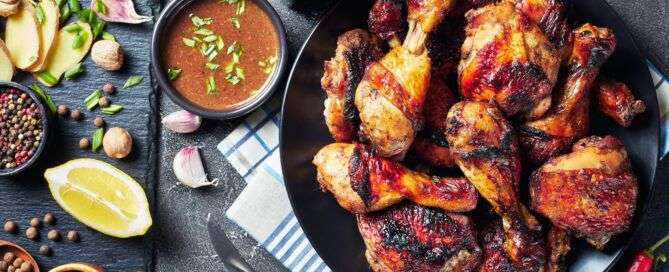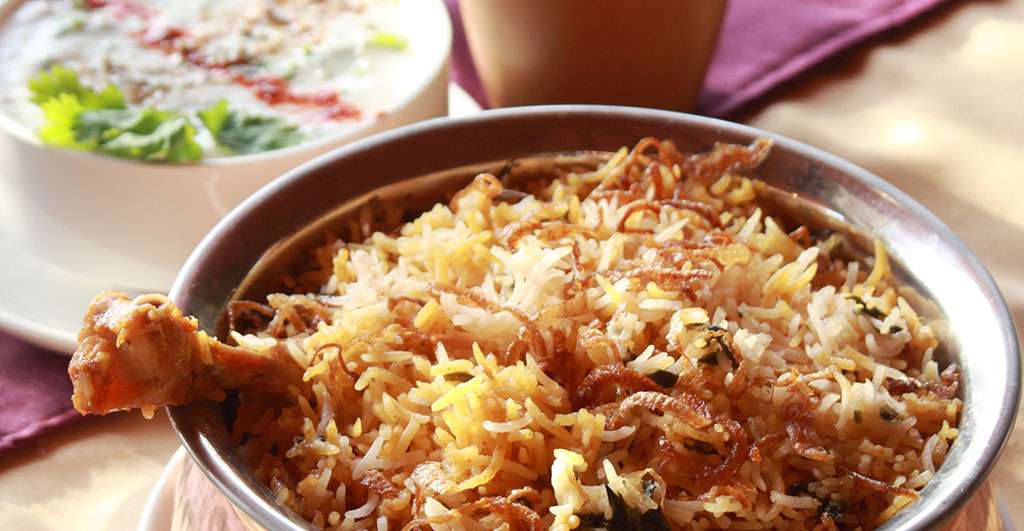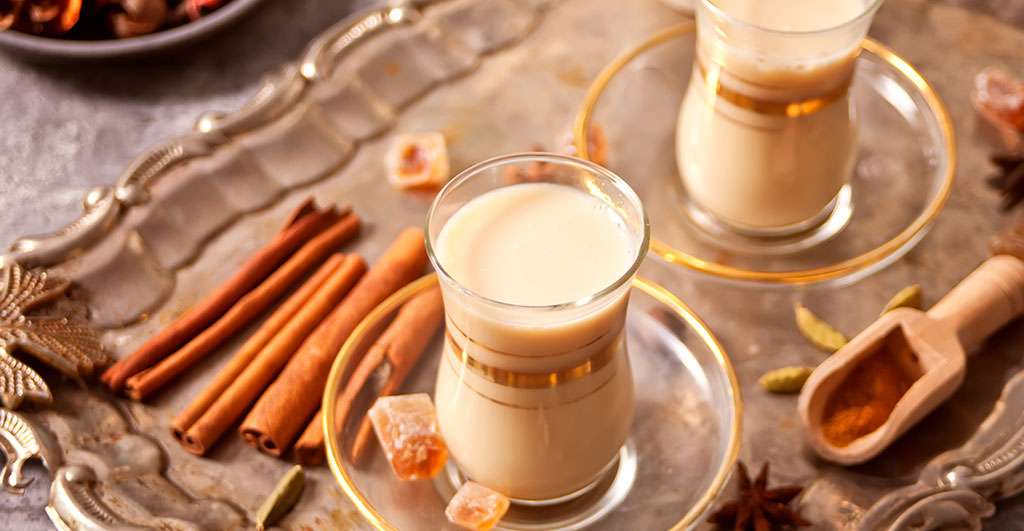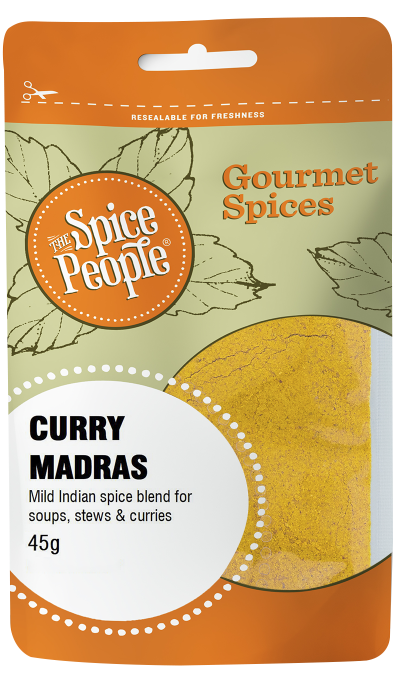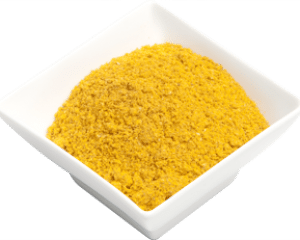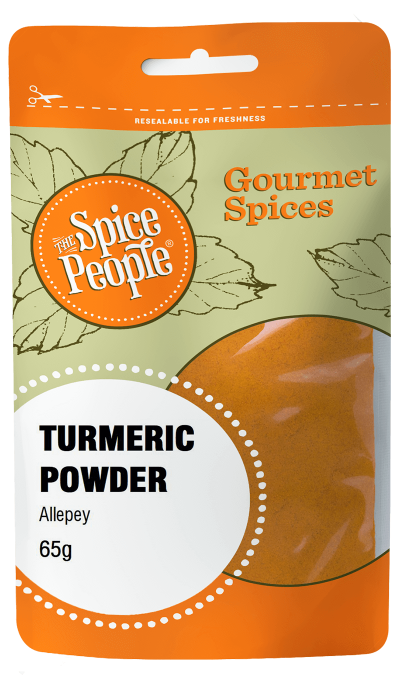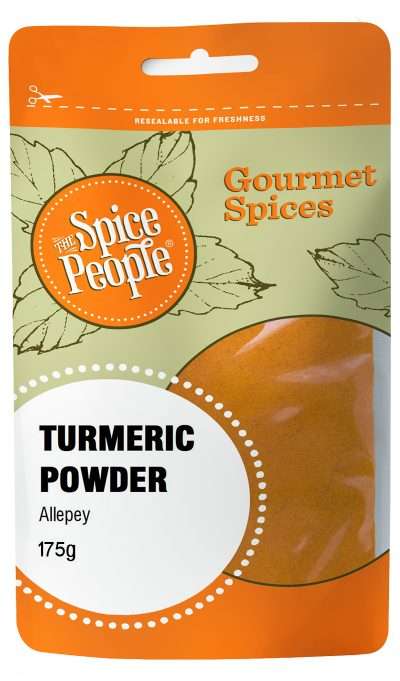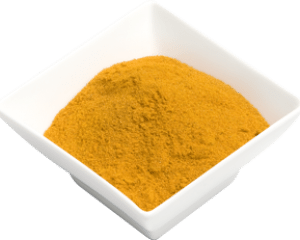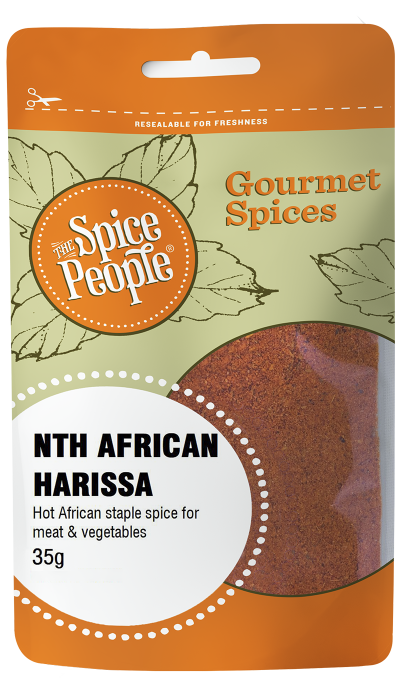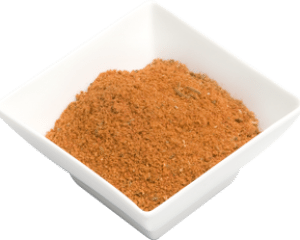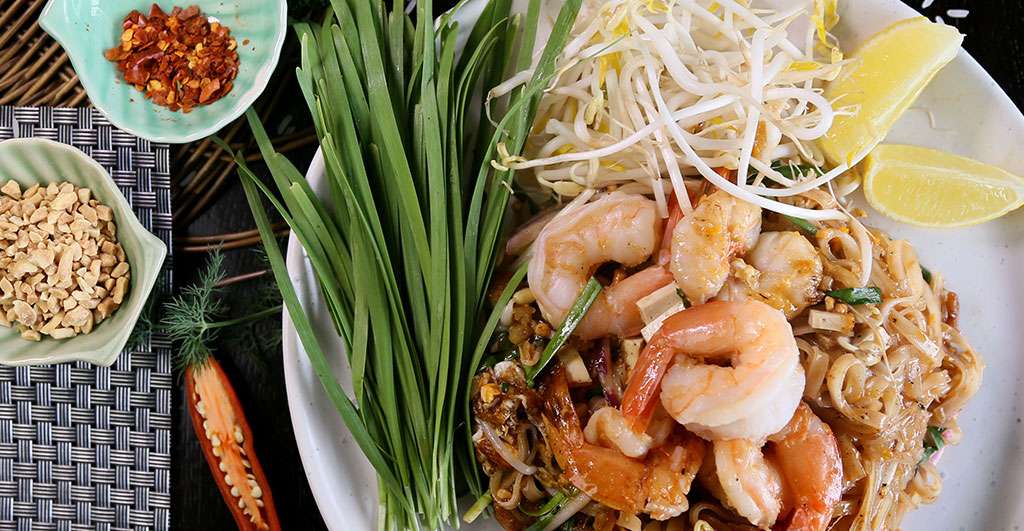Iconic dishes & drinks in Ethiopia
If Berbere is the national spice of Ethiopia, then Injera is the national side dish. A savoury pancake, edible…
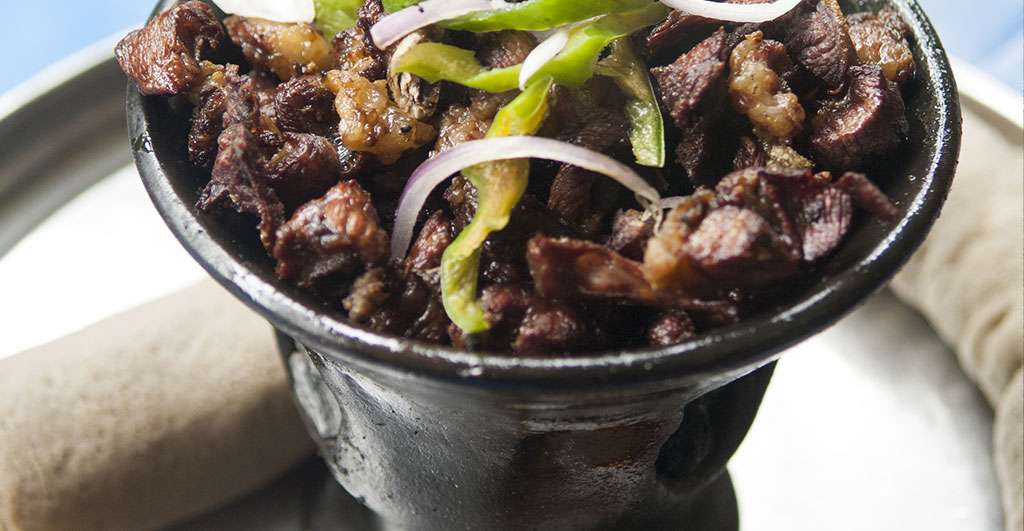




If Berbere is the national spice of Ethiopia, then Injera is the national side dish. A savoury pancake, edible plate, and set of cutlery all in one, Injera is a slightly sour fermented flatbread with a spongy texture that’s eaten with just about everything. Traditionally served with curries, stews, and salads on top, Injera is used to pick up and eat food with the right hand, making every dish a completely immersive experience.
The most common dish you’ll find atop a piece of Injera is a Wat – Ethiopian curry. Doro Wat (chicken curry) is their most iconic dish at every pivotal event and ceremony in Ethiopia. It’s rich and red with a strong aroma and flavour from the Berbere cooked low and slow until the chicken is super tender. Served at festivals and family get-togethers on Ganna or Timkat, Doro Wat is the first dish eaten to break their 40-day fast. However, on regular days, curries like Beg Wat (sheep curry) and Bere Wat (beef curry) are more commonly eaten and contain loads of prized Berbere. Often a hard-boiled egg is dropped in towards the end of cooking to soak up all the wonderfully rich flavours. A vegetarian staple commonly served alongside these meaty mains is Misir Wat (red lentil curry). Inexpensive and filling, lentils provide the perfect carrier for Berbere’s bold flavours and make use of the abundance of legumes grown throughout Ethiopian farming regions.
When it comes to mealtime, every feast or drink enjoyed in Ethiopia is a social experience. A large communal platter is placed in the centre of the table and shared among family and friends. A vital aspect of their culture to show your love and affection toward another is a practice called Gursha. Gursha is a ritual of taking a piece of Injera, bundling up a delicious morsel of curry or stew inside, and feeding to one of your friends or family straight from your right hand. The bigger the Gursha you offer them, the stronger your bond.
Another pivotal culinary aspect in day-to-day life in Ethiopia is their coffee ceremonies. While many of us in the west will grab a latte to go, Ethiopians make a ritual out of their daily coffee. Coffee and fresh ginger are brewed in a clay kettle and enjoyed black alongside bowls of popcorn and sweet flatbreads—a true delight in their afternoon and a sacred ritual within many communities.
As well as coffee, Ethiopian cuisine has many flavourful drinks to accompany the rich dishes served. One of them is Tej – a fermented honey wine that’s sweet with high alcohol content. A non-alcoholic favourite is fruit juice. Served thick with a smoothie-like texture in cafes and street stalls, these sweet drinks are most commonly made from avocado, watermelon, and mango.
Discover more Spices
Similar Blog Posts
Join the Spice People to Get Started on Your Culinary Spice Journey!
Be the first to hear about our exclusive promotions, new product releases, recipes and more.









